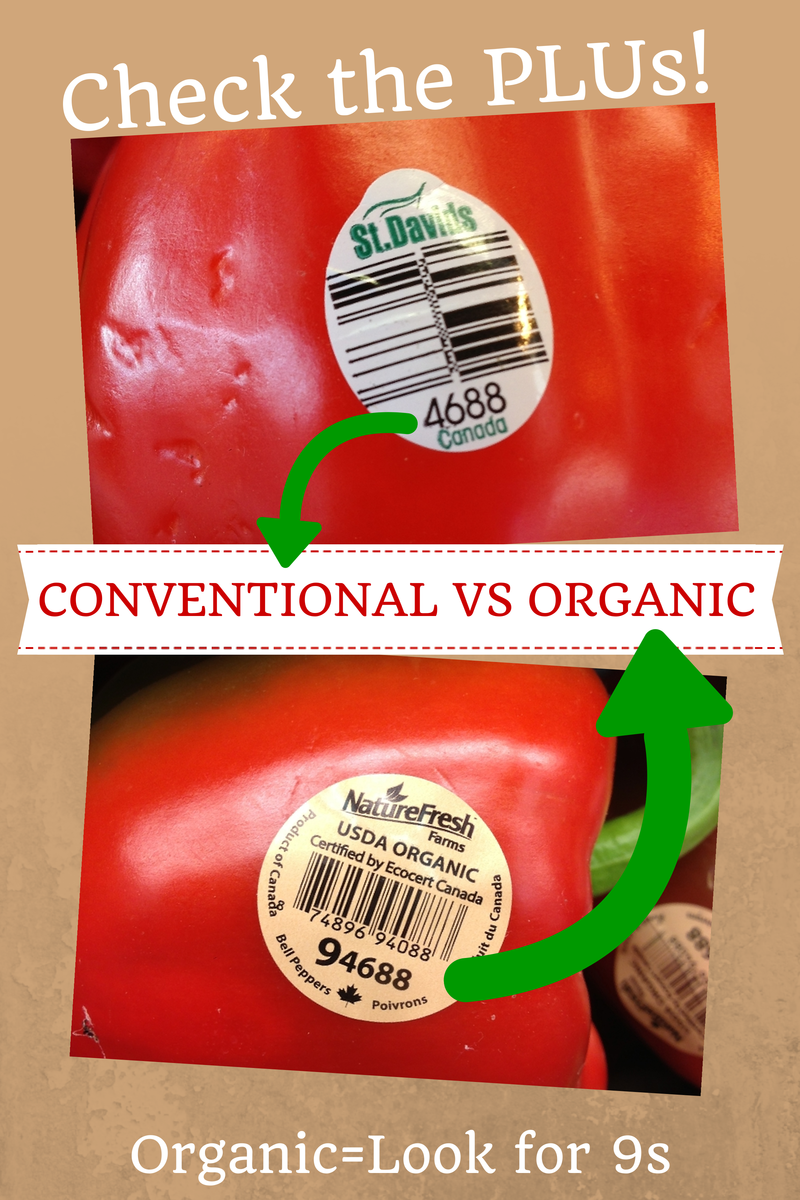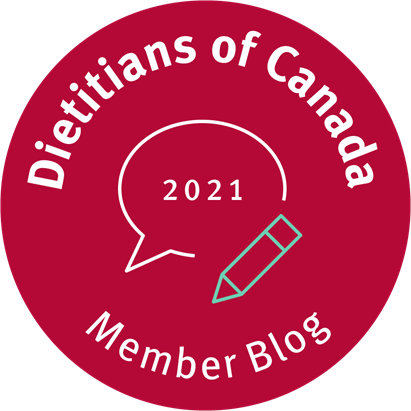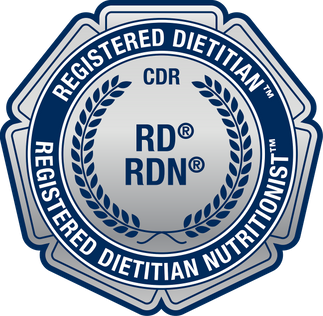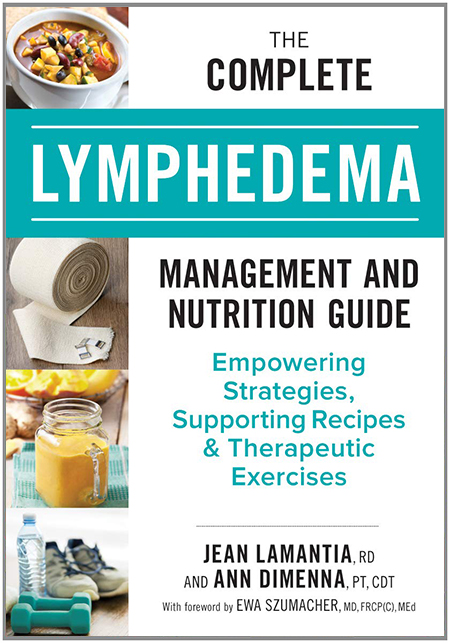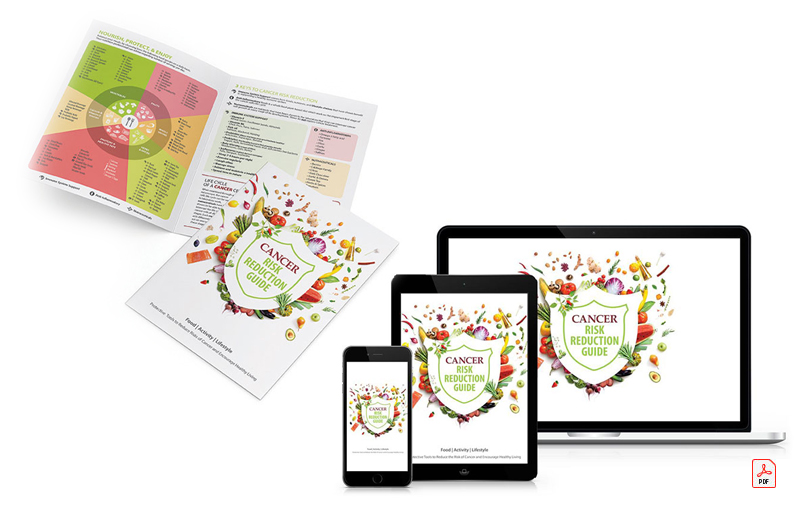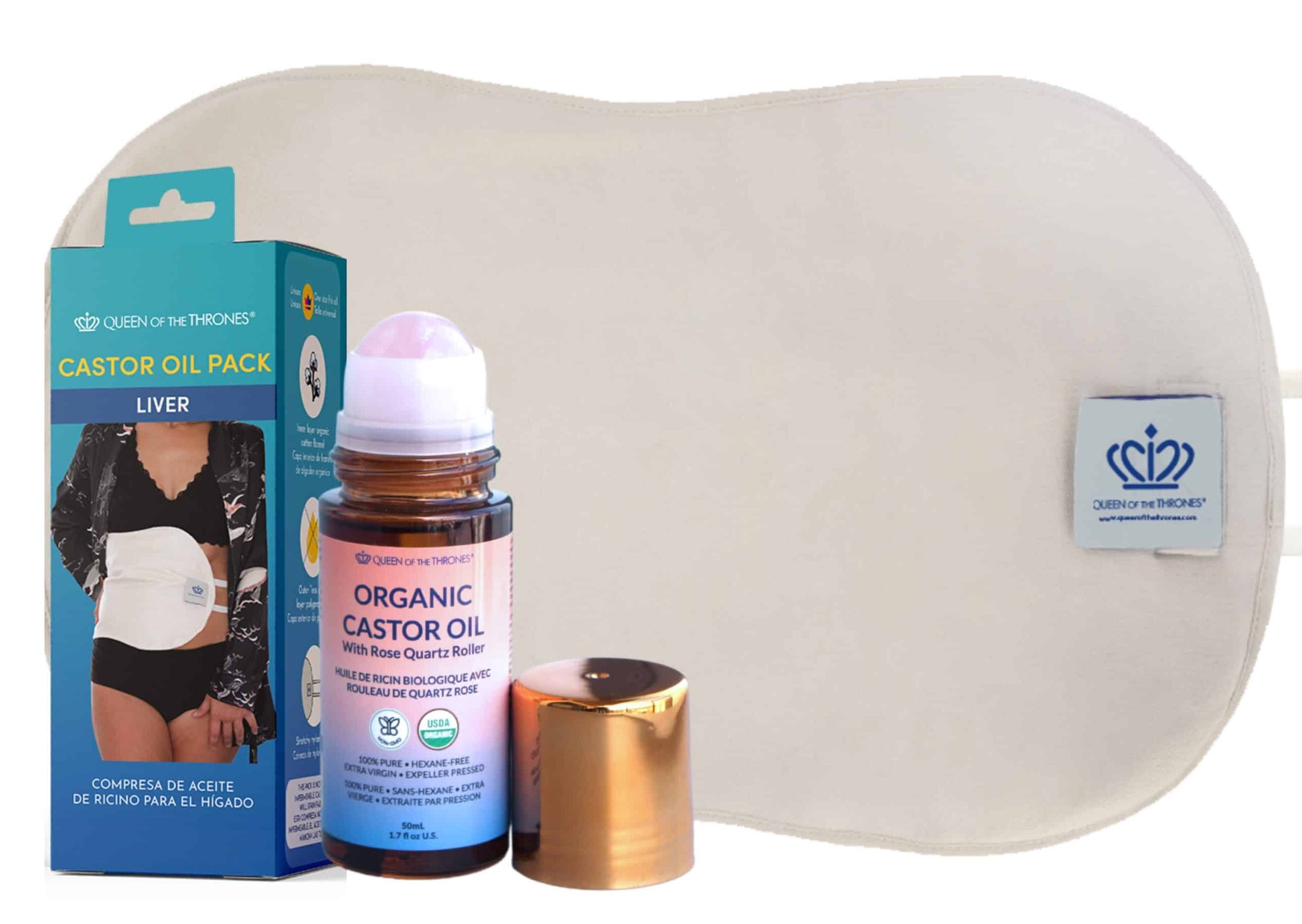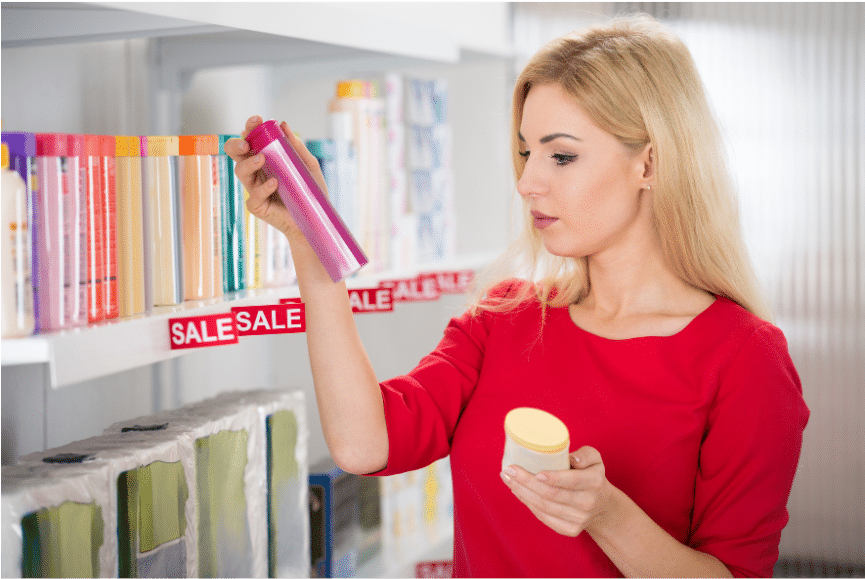PLU stands for Price Look Up. These are the codes that the cashier will scan when you check out at the supermarket.
The International Federation for Produce Standards (IFPS) is a voluntary organization for the fresh produce industry. The IFPS coordinates the use of these standardized PLU codes. Their objective is to support an efficient supply chain of fresh produce throughout the world.
Currently, there are 1,400 different PLU codes assigned for produce. Producers can apply for a PLU code for a new product provided it is available to multiple growers in worldwide markets and not a niche item available from a single grower.
Encoded in the PLU is the type of fruit, the variety and the size. Here are some examples:
- 4688: Bell pepper, greenhouse, red
- 4044: Peach, yellow flesh, tree ripened, read-to-eat, large
PLU 9 Means Organic
There are 2 prefixes allowed in the PLU coding system. Those are 8 and 9. The number 9 in front of any PLU number means the product has been grown organically. For example:
- 94688: Organic, Bell pepper, greenhouse, red
- 94038: Organic peach, yellow flesh, large
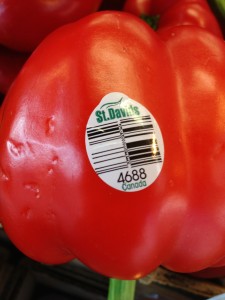
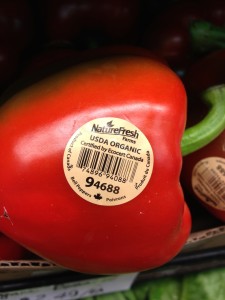
PLU 8 Means GMO
The number 8 prefix means the product has been genetically modified. The reason you won’t see many of these is because the items that might have a PLU sticker, are approved for genetic modification, and are commercially available are few. They are, some varieties of:
- Cantaloupe (U.S. only)
- Corn
- Papaya
- Squash
- Radicchio (U.S. only)
Since learning that a variety of sweet corn called Attribute is approved for genetic modification in Canada, I haven’t been able to determine if the sweet corn that I see is genetically modified. Since I’ve never seen a PLU sticker on a cob of corn, I doubt the PLU system will help me much with this objective. But of course, my objective is not the same as the IFPS in that regard.
A lot of PLU stickers I have looked at include the variety of the fruit or vegetable, but this isn’t mandatory. If you come across a sticker without this information, you can check for additional information in one of 2 places:
- Option 1—go to www.ifpsglobal.com and use the “Search PLU codes” database to enter in the 4-5 digit PLU code.
- Option 2—download an app called Fruit Checker. It’s a very basic 99 cent app that allows you to enter the PLU code and it will give you the corresponding information assigned to that code.
Happy shopping! And have fun finding those number 9s!
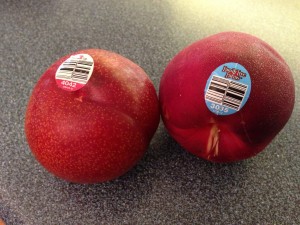
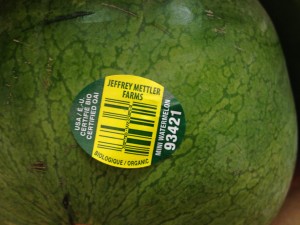
References
Environmental Working Group. Are you Looking for 9 When You Buy Produce? Last updated Sept 2, 2009. Accessed July 7, 2021.
International Federation of Produce Standards. www.ifpsglobal.com

